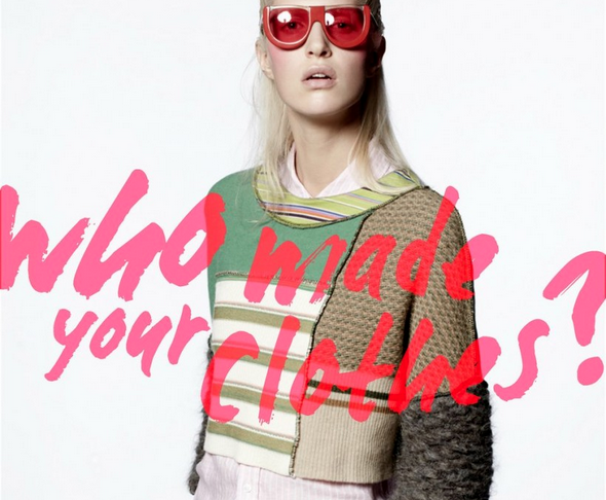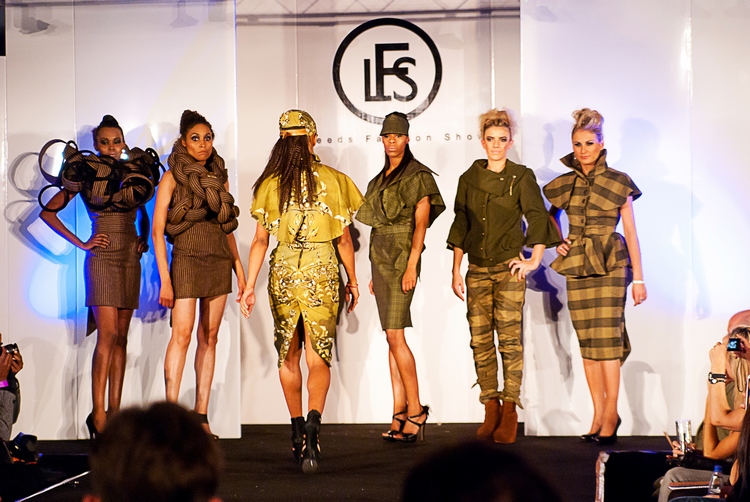
 Cruelty Free Is Fashion-Forward
Cruelty Free Is Fashion-Forward
The phrase ‘cruelty free’ was recently brought to my attention at the Leeds RAG fashion show, where the audience were prompted to question and evaluate their own shopping habits, the ethics behind their clothes and cosmetics, and how ‘cruel’ the many outfits in the room might be considered.
Cruelty free as a movement has certainly not yet hit the mainstream, leaving some people baffled as to what it all even means. A couple of my friends who I asked about it simply thought it was a beauty trend, as one of the places it is commonly talked about is in the community of beauty gurus and bloggers. Using topics such as ‘How cruel is your make up bag’. However, the concept and all its connotations is much more than just a trend.

Cruelty free officially refers to cosmetics and household products, to be approved as cruelty free these products must not have been tested on animals. However, the speakers and the concept of the fashion show helped us to realise cruelty goes far beyond animal testing in fashion.
Cruelty is a bigger picture. It encompasses animal testing, cruelty in gaining products from animals, such as fur and down, but also relates to humans. Ethical trade, workers’ rights in labour, all of this is important in our awareness of the clothes and products we wear.
What we often don’t realise is that by purchasing and wearing a product, we are supporting and endorsing a brand, furthering their progress and popularity. When I buy clothes the main things I consider are the aesthetics and the price, but I have realised now it is necessary to look at another factor when I choose my garments, how ethical its production was.
It is a shame that it can be such a challenge to find out the history of how products are made.
Considering Fairtrade, there is a kind of universal understanding that exists in the UK that recognises the Fairtrade logo, and translates what it means. But when I try and discover whether clothes are made in good working conditions, or whether products are cruelty free, it is much less obvious.
Cruelty Free International invented the ‘Leaping Bunny,’ as “the only internationally recognised certification for cosmetics, personal care and household product brands which are not tested on animals.”
But unfortunately it is not yet widely recognised and adopted by most companies. Plus, companies sometimes display different bunny images to prove their own animal cruelty standards, yet these standards may not be officially accepted as free of cruelty.
Too add even more confusion, companies that are cruelty free themselves, can then be bought by parent companies who test on animals, and the ethical standards of the brand are put into question, as there may be pressure from the parent company to change policies.
Sadly, if brands want to sell products in China, by law they must have gone through an animal testing process. So for a few major cosmetics brands, the economic opportunities overrule the pressure to move away from testing on animals.
Fashion often works in cycles, with ‘new’ trends being trends from a few decades ago, coming back and working in cycles. This is a brilliant opportunity for clothes to rarely ever becoming obsolete. Pairing this with the freedom of expression accepted in fashion choices today where being bold is cool and admirable, it brings a whole load of benefits to you, and your wardrobe not becoming outdated, and opportunities for recycling…
Up-cycling clothes - This is making old clothes new and trendy again, sewing on patches, cropping baggy t shirts and hoodies, dying clothes from home, bleaching trainers, ripping holes in jeans, the possibilities are endless, and exciting. It will likely go wrong at points, but it's great to get the most out of your clothes.

Vintage - there is no shame in charity shop shopping, in fact, we should wear our preloved clothes with pride knowing they haven’t gone to waste, while also donating to charity.

There is also lots of information online about brands who practice ethical production, from testing on animals, to ethically sourcing animal products, to working with the ETI (Ethical Trade Initiative), signing the Bangladesh Safety Accord for workers’ rights or committing to ensuring payment of a living wage.
Unfortunately, though, this information is not yet made explicit, so many consumers will simply not have ethical factors in what they buy on their minds.
I for one though have a changed perspective, and from now on I will try and be loyal to the brands whose morals I believe in, and avoid those who don’t comply with ethical standards.
Cruelty free is not a trend, ethics in cosmetics and fashion should be a common thought, as something we all consider when purchasing, or choosing which brands to support.
